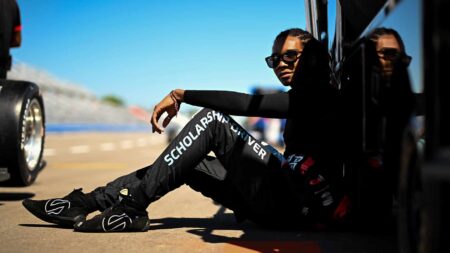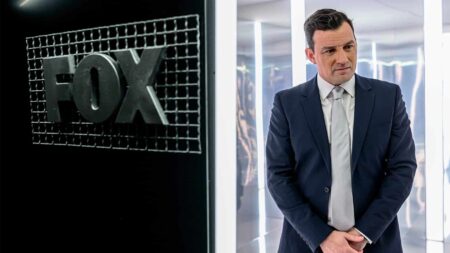
Lundgaard: McLaren can make history with F1/IndyCar double win
Christian Lundgaard is McLaren's new IndyCar star – and wants to make history by helping the team win both in F1 at Bahrain and at Long Beach Stateside on the same day
In the spirit of the holiday season, I want to share my best hope for IndyCar racing in 2012 when it adopts its new 2.4-litre, twin-turbo V6 formula with adjustable boost for road courses versus ovals. The mantra, of course, from the likes of Mario Andretti (below) and Bobby Unser to Dario Franchitti and Will Power, is more horsepower please. IndyCar is expected to set the boost to produce around 750bhp on road and street circuits with a little less on ovals.

Three-time Indy 500 winner Unser is among those who hope the 2012 Indycar will prove to be a spectacular machine, requiring more judicious use of the throttle in the grand tradition of the great Indycars of the past. “The fact is Indycars just got too easy to drive,” he says. “They don’t have enough horsepower and they drive around running wide-open all the time with the throttle on the floor. They have to make the cars more difficult to drive and more impressive like Indycars always were. If they don’t, they’re not going to make heroes out of Franchitti and Power and these guys.”

Power, winner of five races and IZOD IndyCar championship runner-up this year, agrees: “They’ve got to have 750bhp-plus. That’ll make the racing better because it’ll be harder to drive and the cars will look more spectacular. More horsepower also means the tyres will go off, which makes them more spectacular. I remember when I was a kid going to the Surfers Paradise race when they had 900bhp and the ground would rumble. It was unbelievable and it just looked and sounded fast. They revved to 17,000rpm
“That’s what they need. It’s like when you go to a drag race. When they put 6000bhp or whatever it just shakes the ground. So there are many good reasons to have a lot of horsepower on the road courses.”

Franchitti agrees wholeheartedly with Power, but Dario cautions against the downside of increased power and acceleration. “Having more power obviously makes the straights shorter so it’s harder to pass,” he observes. “That’s the downside. It’s easier to pass on tracks we’ve been going back to with today’s car that we used to race on with 900-1000bhp CART cars, because you get a longer draft with this car. With the CART cars the straight was over so quickly that you couldn’t make those passes.”
Scott Dixon believes a substantial push-to-pass power boost will be available with 2012’’s turbocharged engines, which should help passing. “I think the idea is to have a push-to-pass that gives you a large amount of power, kind of like Champ Car did,” he says. “That could make for more passing.”
More power and more passing – an ineluctably mythic mix. All of us want to see it. Can it be made to happen?

Christian Lundgaard is McLaren's new IndyCar star – and wants to make history by helping the team win both in F1 at Bahrain and at Long Beach Stateside on the same day

Louis Foster starts his IndyCar journey this weekend in St Petersburg – can he emulate other British heroes like Nigel Mansell and Dan Wheldon?

Myles Rowe has rocketed through IndyCar's junior ladder with a story like no other – he tells James Elson why this upcoming year is more important than ever

Drive to Survive star Will Buxton has made the jump across the Atlantic to front Fox's new IndyCar coverage – he explained to James Elson why he thinks the championship is the most exciting series out there